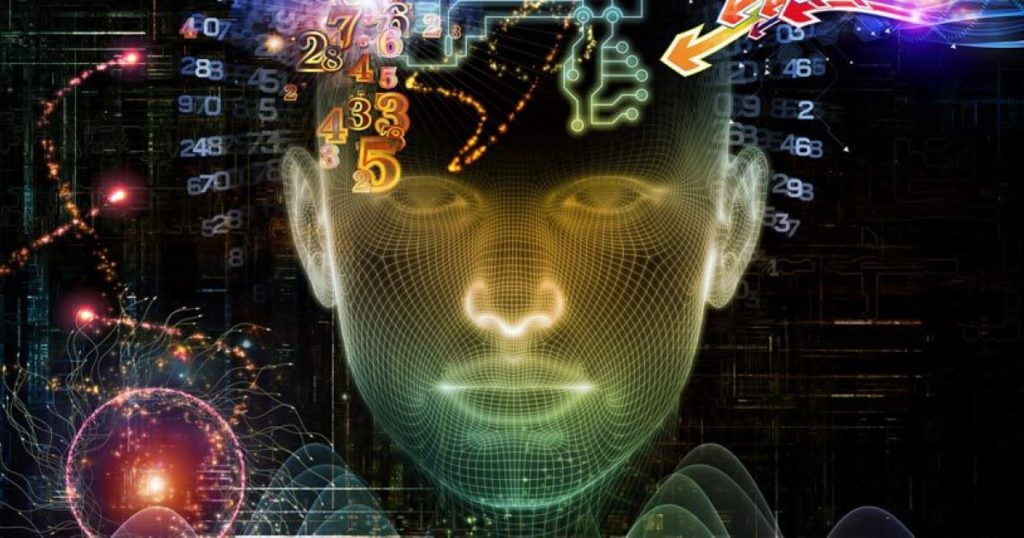How AI Plays Role in Forensics

Artificial intelligence is a very prominent field getting the major focus on solving the true time complexities of the issues that might have been increased. Digital forensics quite simply will involve the computation of the data thus given intelligently. Using AI in handling the issues existing in digital forensics is the necessity of the hour.
The major issues that arise in digital forensics is the exponential storage capacity growth, the ubiquity of the data stored electronically, prevailing disparate systems and the amount of technical sophistications to be able to choose the methodologies to be worked upon. The problems mentioned previously could only be fixed when AI packages in the process making reasonability and exploring probably disparate and a big amount of data in a realistic time frame.
KNOWLEDGE REPRESENTATION
One of the most important concepts while discussing AI is knowledge representation, that involves just how of representing the info which is of our interest. Adding in the row is ontology that permits us to get the cause of the representation to be able to make it somewhat more understandable. The major being presently on XML and RDF that may be as one of the solutions to enhance data standardization which remains the main of digital forensics. The future of digital forensics is standard site ontology. Using standard domains would permit us to talk about home elevators various responsibilities in digital forensics, such as the covered information among forensic imaging tools and also could initialize a formal construction for conversation on any digital show. Further permitting us in creation of large, reusable case repository.
Utilizing a standardized ontology would surely prove to be a secured asset for digital forensics to be able to store and get the background knowledge according to used by AI techniques. Visit this website to get more insight, Schindlers Forensics
THE REASONING PROCESS
Another major concern in AI arena of digital forensics lies the reasoning of the algorithm used. AI techniques used could be differentiated further as symbolic and sub-symbolic individuals. The symbolic reasoning will involve a specialist system often pre-designed making the decision-making process easier. Though exhibiting a downside due to this rule of thumb algorithm which was pre-designed, problem can occur in analyzation. The problem can be due to the lack of the guideline base. Thus, limiting its use in digital forensics. The problem could be mended by guideline base repairing, but the process is often time consuming.
Circumstance based reasoners can be utilized while solving the problems associated with the symbolic reasoners, learning from their former experiences. CBR approaches to an issue in ways acquainted with the expert thus reducing chances of mistake and solving the purpose while digital forensic inspection. This might include within the circumstance files with within the scenario of the case base. Though a limitation prevails of these being unsuitable for low level activities.
RECOGNITION OF PATTERNS
Relating to the identification of data clusters is performed by design recognition. The acknowledgement system functions as several major classifiers, developing a possible tell you to all or any the nearby matches of the design and finally rendering the most likely as successful. Artificial neural nets and decision trees and shrubs enable the identification of initial habits thus as an essential requirement in digital forensics.
DISCOVERING THE DATA
Data mining being another important forensic area of AI. Including a mixture of manufactured cleverness, probabilistic techniques, statistical research integrated in an understandable manner. DM can be utilized for pattern popularity. DM basically includes the process of exploratory data research highlighting the connection between information and potential associations of data and the users. The forensic community can fir sure rely on DM/KDD for primary assessment. Thus, boosting the methodology use further.
ADAPTATION
ML, while discussing as forensically can be divided as the refiners and the learners. Oracle plays an important role here. It manages the patchwork in the data source. Thus, permitting analysis. Fixes made are done, remember the chestnut circumstances. ANN can assist in the initial exploration of a drive under question and discover the reasoning behind the same.
Implementation of AI techniques is the continuing future of digital forensics. Though currently the techniques are in a very early on stage but nonetheless the positive effects cannot be denied. AI can automate the forensic evaluation process as well as can co-work with an expert to be able to render justice.




